Description
1.Intel I3 3rd Generation Processor:
- Intel I3 3rd Generation Processor , codenamed Ivy Bridge, were released in April 2012 as a part of Intel’s lineup of CPUs. These processors marked a significant improvement over their predecessors, offering enhanced performance, energy efficiency, and integrated graphics capabilities. In this article, we will delve into the key features and specifications of the Intel i3 3rd generation processors, exploring their architecture, performance, and the impact they had on the computing landscape.
- Intel I3 3rd generation processors were a part of the Ivy Bridge microarchitecture, succeeding the Sandy Bridge processors. These chips were manufactured using a 22nm process technology, allowing for greater energy efficiency and performance gains compared to the previous generation.
2. Key Features and Specifications: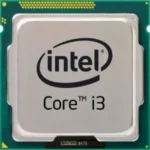
a. Architecture:
- Ivy Bridge architecture introduced several improvements, including a 22nm manufacturing process, 3D Tri-Gate transistors, and advancements in integrated graphics performance. These architectural enhancements resulted in better overall system performance and energy efficiency.
b. Performance:
- Intel I3 3rd Generation Processor featured dual-core configurations with hyper-threading technology. This allowed each physical core to handle two threads simultaneously, improving multitasking capabilities. The base clock speeds of these processors typically ranged from 2.4 GHz to 3.4 GHz, providing decent performance for everyday computing tasks.
c. Integrated Graphics:
- One of the notable improvements in The Intel I3 3rd Generation Processor was the integrated graphics unit. These chips incorporated Intel HD Graphics 2500/4000, offering better graphics performance for tasks such as video playback, casual gaming, and multimedia applications. While not suitable for high-end gaming, these integrated graphics were a significant step forward for integrated GPU technology.
d. Power Efficiency:
- 22nm manufacturing process and 3D Tri-Gate transistors contributed to significant power efficiency gains. Lower power consumption meant that devices powered by Intel I3 3rd Generation Processor had longer battery life and generated less heat, enhancing the user experience in laptops and other portable devices.
e. Socket Compatibility:
- Intel I3 3rd Generation Processor were compatible with the LGA 1155 socket, ensuring compatibility with existing motherboards designed for Sandy Bridge processors. This allowed users to upgrade their systems without the need for a new motherboard, making the transition to Ivy Bridge CPUs relatively seamless.
- 3rd generation Intel Core i3 processors, part of the Ivy Bridge family, were designed to fit into motherboards with LGA 1155 sockets. This socket, also known as Socket H2, was specifically created for Ivy Bridge and Sandy Bridge processors. The LGA 1155 socket provided a robust and secure connection between the processor and the motherboard.
- This compatibility ensured that users looking to upgrade their existing systems with a 3rd generation Intel Core i3 processor could do so without having to change their motherboard. It was a significant advantage for users seeking improved performance without the cost and complexity of a full system upgrade. The LGA 1155 socket, therefore, played a pivotal role in the adoption of 3rd generation Intel Core i3 processors, making them accessible to a wide range of users and contributing to their popularity in the computing market.
3. Impact on the Computing Landscape:
a. Improved Performance for Everyday Tasks:
- Intel I3 3rd Generation Processor provided a noticeable boost in performance for everyday computing tasks, such as web browsing, office applications, and multimedia consumption. This improved user experience contributed to the growing popularity of laptops and desktops powered by these processors.
b. Graphics Performance for Casual Gamers:
- While not designed for hardcore gamers, the integrated Intel HD Graphics 2500/4000 offered decent performance for casual gaming. Gamers on a budget found these processors to be a viable option, enabling them to enjoy a variety of games without the need for a discrete graphics card.
c. Energy Efficiency and Battery Life:
- enhanced power efficiency of the Intel I3 3rd Generation Processor had a significant impact on laptops and ultrabooks. Devices powered by these processors delivered longer battery life, making them more attractive to users who needed a portable computing solution without compromising on performance.
- 3rd generation Intel Core i3 processors, based on the Ivy Bridge architecture, brought significant advancements in energy efficiency, greatly impacting battery life in laptops and portable devices. Manufactured using a 22nm process technology and incorporating 3D Tri-Gate transistors, these processors consumed less power while delivering improved performance. This enhanced energy efficiency led to longer battery life in laptops, making them ideal for users on the go. Devices powered by 3rd generation Core i3 processors exhibited reduced power consumption during everyday tasks, extending the usage time between charges.
- The efficient utilization of power not only benefited laptops but also contributed to lower heat generation, enhancing the overall user experience. This focus on energy efficiency not only extended battery life but also aligned with the growing demand for eco-friendly computing solutions, making the 3rd generation Intel Core i3 processors a popular choice for users seeking both performance and energy savings in their devices.
Final Thoughts :
- Intel I3 3rd Generation Processor , based on the Ivy Bridge architecture, played a crucial role in shaping the computing landscape of their time. With improved performance, energy efficiency, and integrated graphics capabilities, these processors met the needs of a wide range of users, from casual gamers to professionals requiring reliable computing power for their everyday tasks. The compatibility with existing motherboards also eased the upgrade process for many users, ensuring a smooth transition to the new technology.
- Intel i3 3rd generation processors set a new standard for mid-range computing, offering a balanced combination of performance and energy efficiency. Their impact on the market was profound, influencing the design and capabilities of laptops, desktops, and other computing devices. As technology continues to advance, the legacy of the Intel I3 3rd Generation Processor remains as a testament to Intel’s commitment to innovation and providing value to users worldwide.

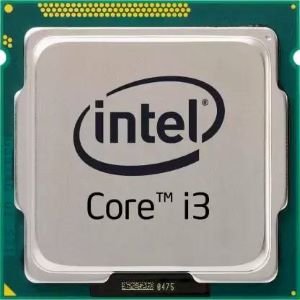

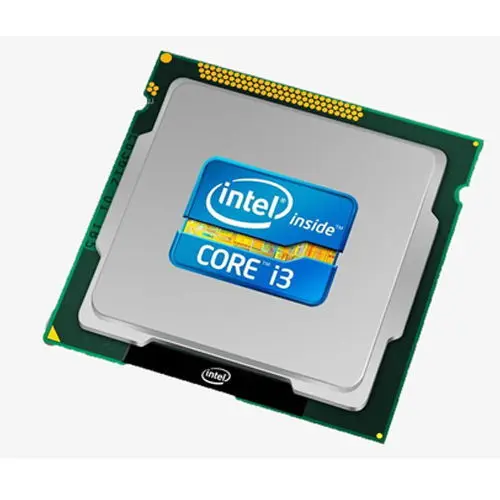
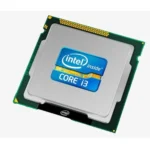
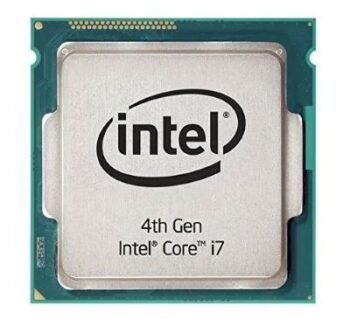

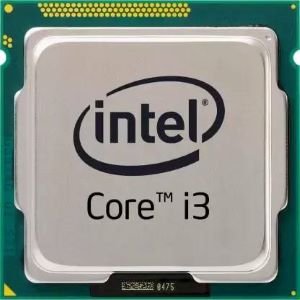

Reviews
There are no reviews yet.